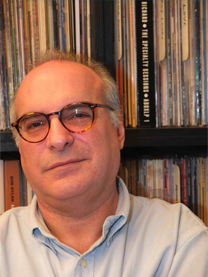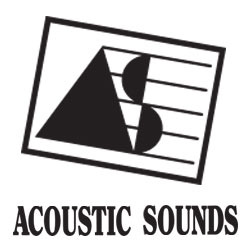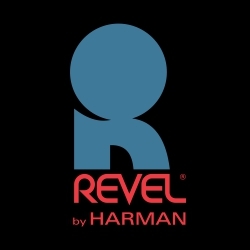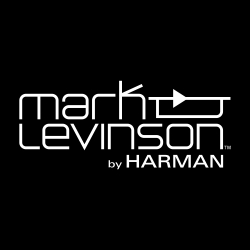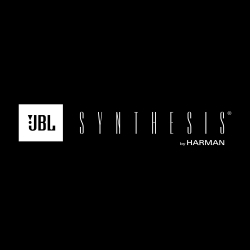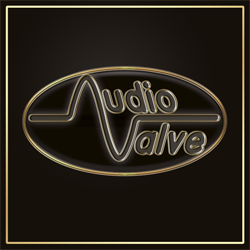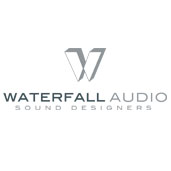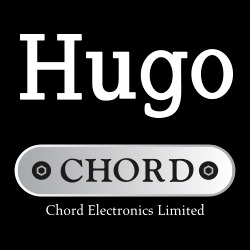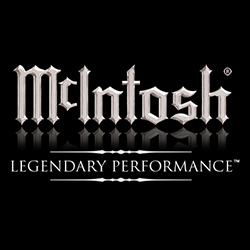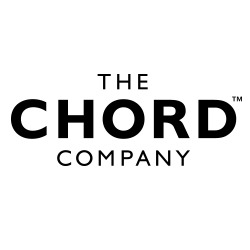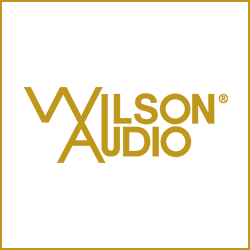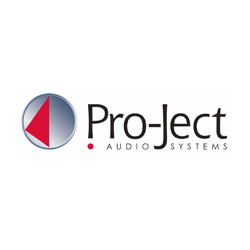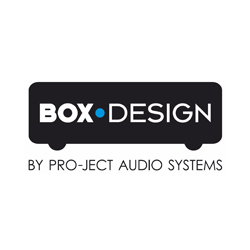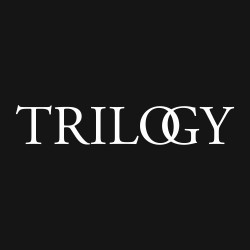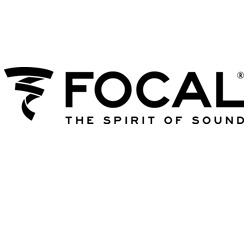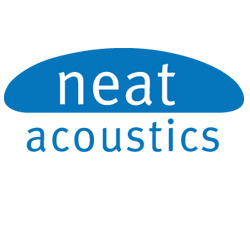Witnessing a revolution: heavy-duty stuff for one whose mis-spent youth involved being part of one. A mere ten days in the People’s Republic of China was enough to convince me that something’s happening there, and what it is ain’t exactly clear; I’m still reeling. And however much future sociologists might want to conclude that a strong communist (with a small “c”) element featured heavily in the “revolution” of the Sixties, they’ll be hard-pressed to ignore the utter rejection of it by the Chinese in the 1990s. The Chinese want toys, and there’ll be no stopping them.
My – what? – hundredth hi-fi show took place in Canton, admittedly one of the more liberal of cities in mainland China. Still, nothing could prepare me for the force with which China is poised to enter the 20th, if not quite the 21st Century. 1.3 billion possession-hungry citizens, more than adequte cash from who knows where, a lust for Things Western: Levis, mobile phones, Swatches, and – yes – even hi-fi. Drab is out, and China is going to be a market like no other. But let me try to give you some impression of the size of what might be the Chinese hi-fi market for the rest of this decade.
Guangzhou (Canton) hosted the Guangdong International Radio Music Festival ‘94, China’s first-ever all-comers-welcome hi-fi show. Nearly all of its predecessors over the past few years were distributor- or retailer-sponsored and by definition featured only a few brands. The International Radio Music Festival was, like its full name suggests, truly international, and it attracted enough different foreign and local manufacturers and distributors to fill four floors and just under 100 rooms, with one floor just for CDs (and a few LPs) – that’s nearly the size of a specialist-hi-fi hotel at a Consumer Electronics Show.
Better still – if you find tatty mass-market consumer electronic gimmickry a turn-off – the Guangdong show consisted solely of hi-fi exhibitors with just a trace of home cinema/karaoke. It was utterly free of the filler which makes the world’s major shows such a chore for hacks lacking any interest in frippery: no cordless phones, no games consoles, no in-car, no computers. And to show you just how unjaded is the Chinese public, it attracted over 100,000 visitors. No trade visitors worth mentioning, just members of the public. One estimate, probably not all that optimistic, put the number at close to 180,000. Crowded? Crowded? I know certain Western show sponsors who’d sell their first-born to attract numbers on that scale.
Typically, the arrogance/ignorance of Westerners meant that the number of foreign manufacturers supporting the show with an actual staff presence was minimal, with only the Americans having anything resembling an excuse: the show conflicted with Thanksgiving and even Europeans who have no idea what Thanksgiving means or commemorates knew that something serious kept the Americans away. (Actually, it’s a lot of fun, every November, telling my adopted compatriots that 250,000,000 Americans celebrate escaping from the UK.)
As for the rest of the world’s hi-fi producers, their failure to support this crucial event might cost them dearly; it looks like the Chinese market will be secured on a first-come-first-serve basis. The Chinese people, having been isolated from the rest of the world for decades, really do appreciate the effort made by those who visited the show, and the brands involved will benefit directly from the personal appearances by their principal players. Hell, Chinese radio and television reporters even interviewed me, a lowly scribbler, which should tell you just how desperate they are for news from abroad.
Despite the quasi-virginal state of the Chinese market, its audiophiles have a lot to learn if they’re not to be ripped off by slippery merchants selling completely bogus equipment. In both the wholesale and retail equivalents of Tokyo’s Akihabara district – Hi-Fi Central, so to speak – any Westerner will be overwhelmed and disturbed by the profusion of outright fakes, parallel imports (lacking any form of guarantee of course), obsolete gear, and, well, rubbish.
Pan Yu consists of a couple of streets lined with tiny shops, some of which are legitimate retailers selling surprisingly costly high-end components alongside sleazy operations filled with what looks like the unsaleable audio detritus of Hong Kong: Infinity speakers from the days when Arnie Nudell was at the helm being sold as brand-new, a slew of Japanese and British electronics so old that they lacked inputs marked ‘CD’. Less dubious were floor-to-ceiling stacks of TV sets and laserdisc players for the vast karaoke market and incredible amounts of pro equipment, like mixers, PA-level loudspeakers and the like. What’s it all for? I can only shudder at the thought of more karaoke bars, mobile discos and the like…
Why so much karaoke? Simple: The government still restricts the flow of imported films and music. Karaoke A/V discs featuring approved Chinese performers, though, are OK, making this Japanese cutural export one of the few forms of entertainment available on a completely intervention-free basis.
According to well-informed industry insiders, Pan Yu’s 350 shops move in excess of 2,000,000 Hong Kong dollars worth of gear, day in and day out, or approximately $250,000 worth of hi-fi hardware at wholesale prices. Or over $75,000,000 per annum on those two streets alone.
The glossier retail alternative to Pan Yu is the brand-new Golden Hoi Yan Electrical Plaza, a modern, two-story hi-fi mall also containing both legitimate high-end establishments and seedier outfits selling cheap knock-offs. The lack of respect for trademarks is blatant: ‘Aiwa’ becomes “Anwa”, “Sony” becomes “Suny”, “Technics” becomes “Tenoaics”. I even saw a rip-off of a B&W speaker which doesn’t actually exist in B&W form; it was more of an “impression” of a B&W.
How can these obvious surrogates be marketed so freely? Alas, intellectual property still seems too abstract a concept for many in the Far East. And the appeal is not just because of price (eg, $550 for a pair of pseudo B&W 800s). As for the hoodwinking, well, think about how easily you’d be scammed if you were shown two Chinese products and only one letter was changed in the name (assuming that you don’t read Chinese, that is). Would you know which was genuine and which was a fake? Apparently, English characters look just as alien to the Chinese who don’t read English, despite the far less ornate nature of English lettering, so a change from “Aiwa” to “Anwa” is an effective bluff.
There is, however, an undercurrent of righteous indignation, especially among the high-end distributors in partnership with Hong Kong-based importers, and they’re opening their own high-end shops. Encore Electrical, for example, distributes Harbeth, Restek, Proton and others, and it owns shops in both Pan Yu and Golden Hoi Yan. If you know a distributor’s range, you can pretty much identify who owns which shop…not unlike the situation in Hong Kong. As well as traditional selling methods, like switching comparators controlling fifty or more pairs of speakers, Encore has lavish showrooms designed to sell real high-end systems with proper single-speaker demonstrations.
With the majority of goods on sale being imported – and the major Japanese companies have wasted no time in establishing themselves before everyone else – it was no surprise to find that the top three floors of the show were filled with Western hi-fi equipment. Brands seemed to do well according to their presence in Hong Kong, not surprising since Hong Kong seems to be the conduit between the West and China. And the media representatives I met mentioned a preference for ProAc, Harbeth, ATC and anything connected to the BBC. JBL, B&W, Infinity and Bose appeared to have the initial grip on the mass-market sector for speakers. Electronics? The Japanese, of course.
No-one suggested that there was any form of protectionism at play, so the Chinese brands will have to compete with the imports on merit and price. Home-grown speakers included Paradise’s line-up of mini-monitors with stepped baffles and gorgeous burled-walnut finishes and Shifa’s range of speakers includes one with curved sides reminiscent of Sonus Faber’s Guarneri. Master Audio is a new brand making loudspeaker systems solely for sale in the Chinese market, alongside a range of drivers for the OEM market, including a selection of dome tweeters and a range of woofers — one with a carbon fiber cone. Scitech has a small two-way speaker in the Totem or LS3/5A class, while Gospel Audio’s Muse division showed a fascinating two-way transmission line speaker called the B50 CTL; it measures only 412x290x270mm (WDH), with horizontal mounting on stands or for use on a bookshelf. Compact’s nine-model line-up includes floor-standing and bookshelf two-way systems of a quasi- British nature. Xindak has a range of speakers obviously inspired by Meridian and Celestion, plus an integrated amp which could have come from the UK, too. Xuandu also looks to be Anglophilic, with small two-way systems prominent in its 10-model line-up.
Other local products included China’s first digital converters, the 18-bit DAC-1 and 20-bit DAC-2 models from Huayon, CD players from Tianlang, ME’s 550 power amplifier and SGK’s bizarre karaoke mixer. Genesis – not the American firm – has a massive 200W power amp and what is probably China’s first home-grown mains filter. Scitech showed an off-the-wall digital filtering box, and the company also produces a cylinder you fit inbetween the uprights of a speaker stand which is said to reduce resonances. The company also produces cables and pointy feet.
But that’s the obvious stuff. What dazzled all of the foreign visitors was a floor filled with tube amplifier manufacturers. And you thought that the Chinese only made the actual tubes themselves. Oh, were we wrong…
Baroque was demonstrating a small, two-box tube pre-amplifier, while Paradise showed a line-up of black-glass-fronted integrated amplifiers, fetching trimmed with green or orange lettering. Hong Deng showed a slick line-level tube pre-amp, while VAS has a range including pre-amps, phono stages and power amps. Shenzen, one of the bigger brands, filled a room with a vast line-up including stereo and mono amps and an amplifier kit for under $250. Shifa offered something for everybody, including monoblocks containing 40 – yes, forty – EL34s, another monoblock containing 18 63P3s, a selection of inetgrated amplifiers, single-ended triode designs, 300B-equipped amps of every stripe – it was overwhelming. Even more shocking was the realization that the amplifiers cost less in China than the tubes on their own would cost in the West.
Orpheus, too, had a selection of separates and integrated units, including power amplifiers reminscent of old Dynacos. Opera has a handsome two-chassis pre-amp which was so well-built as to appear American, driving the company’s own stereo power amps and monoblocks. PEAK used EL34s in its stereo amplifier, as did Silsonic in its integrated amps. Spark rivalled Shifa for sheer product selection, with 300B-equipped monoblocks, integrated amps, pre-amps, stereo power amps, all looking very Western. And then there were the brands not at the show but which I learned about on the grapevine: Panda, BOM, Hong Da, Elegancia, Audio Monitor, Unistar…
A brief impression? The Chinese tube amps are unusual, clever and in some cases even sonically stunning. They’re priced to sell cheaply in China, but quick calculations put off any visitors with thoughts toward distribution abroad when they learned that adding duty, tax and the requisite margins would set the Chinese hardware up against the more-affordable native product on its own turf, like Sonic Frontiers in the USA or Audio Innovations in the UK. So, even with the seemingly low prices of Chinese-made amplification, import status always manages to mitigate against bargains.
Then there was the build quality. Trying not to discourage these brave innovators, I have to say that the Chinese tube amp makers still have a bit to learn about construction, if less so about aesthetics. But when they do figure out how to drill and mill and assemble to standards acceptable to American, Japanese and European hi-fi consumers, watch out: 40 EL34s per channel seems mighty tempting to me…
(Audio, 1995)
